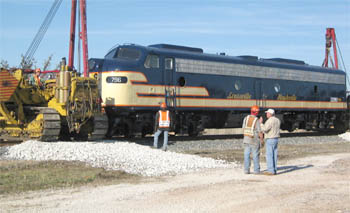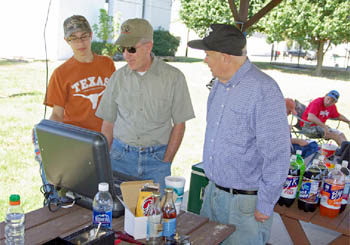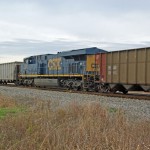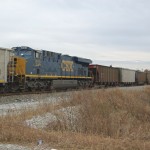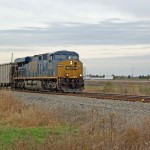LOUISVILLE, Ky. – Louisville’s light-rail movement faded about four years ago, but traditional train service may be getting a fresh look, the Courier-Journal reports. Elected officials from Jefferson, Hardin and Meade counties are among 100 passengers who plan to take a leisurely three-hour, round-trip train ride between Louisville and Cecilia, Ky., just west of Elizabethtown, tomorrow.
Mass transit supporters view the trip on the Paducah & Louisville Railway, which runs roughly along Dixie Highway and through Fort Knox, as the first step toward establishing a passenger rail system between Louisville and the growing Army post.
“My hope is that we can build some critical mass in terms of support and possibly do some sort of analysis of what it would cost to put commuter (rail) cars on that line,” said Jim King, president of
Louisville’s Metro Council.
The Transit Authority of River City and council members have been discussing commuter rail for months. Tomorrow’s excursion is intended to draw attention to the possibility of passenger service and start gauging whether local leaders want to go forward.
If they do, the next step would be a study outlining the costs — and feasibility — of the project.
While the demonstration trip is scheduled to take 90 minutes one way at 35 mph, actual commuter trains could reach speeds up to 60 mph, said A.V. “Tony” Reck, the railway’s president and CEO. The trip takes 45 minutes to an hour by car.
“We certainly have an interest in expanding rail,” said Barry Barker, TARC’s executive director. He estimates it would cost $50 million to $75 million to create a commuter rail line, with operating costs of at least $4 million annually. Under Barker’s scenario, a commuter rail line would cost substantially less than the city’s light-rail project, which was suspended in 2004 with a price tag of $661 million.
Before that, the city’s experience with passenger rail in recent years was with an Amtrak train connecting Louisville and Chicago. The Louisville-Indianapolis leg of the route took five hours because poor track conditions meant the train couldn’t exceed 30 mph.
The route was discontinued in 2003 after four years amid low ridership.
Tomorrow’s demonstration run is the brainchild of two groups — the nonprofit Coalition for the Advancement of Regional Transportation and the Kentucky-Indiana Rail Advocates — and has the financial backing of local governments.
(This is a portion of an item which appeared Nov. 7, 2008, in the Courier-Journal.)
– Submitted by Chuck Hinrichs

